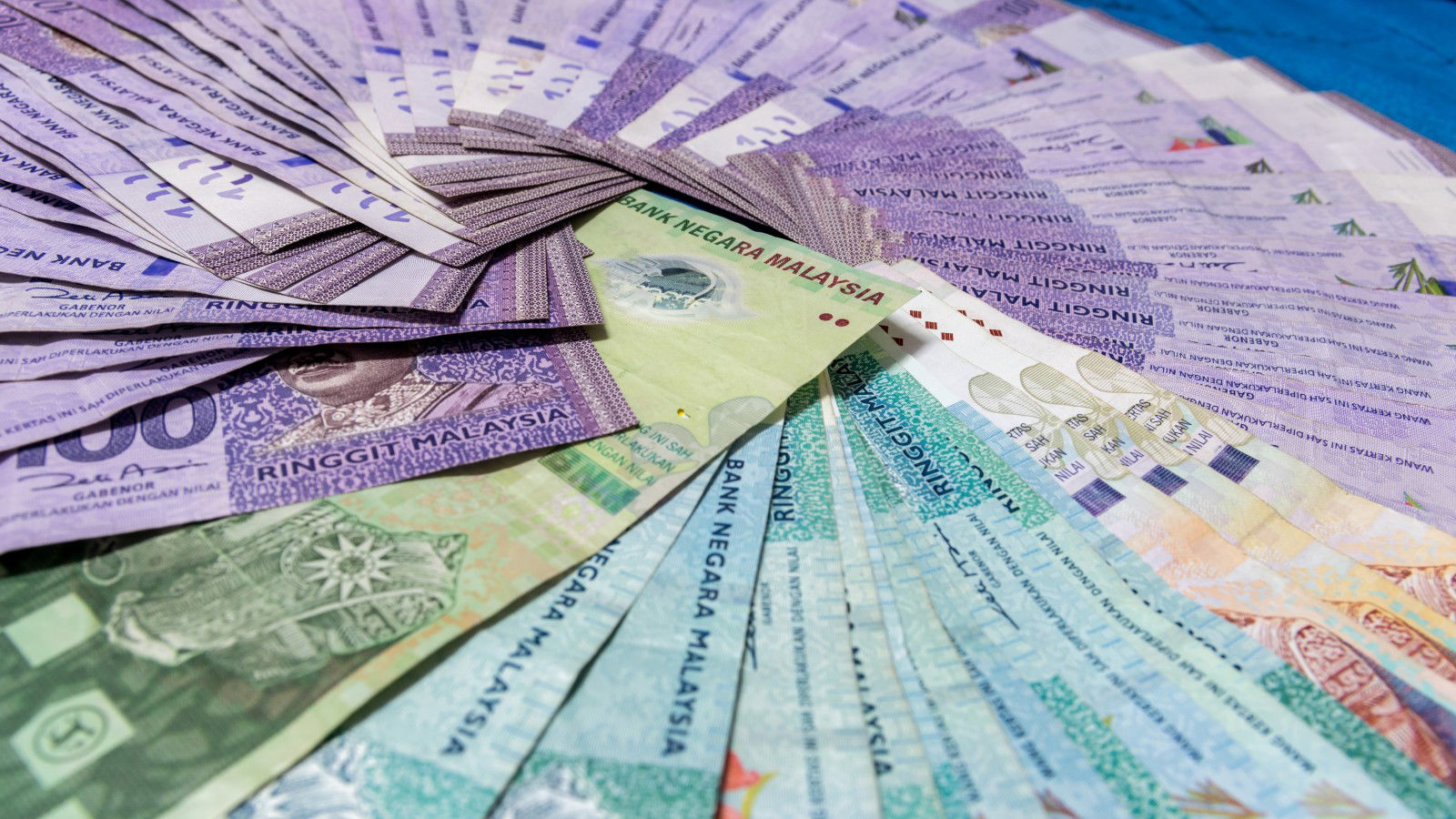share on
All age groups saw wage increases, with the under-20 segment experiencing the sharpest jump – a 13.3% increase to RM1,700, largely driven by the revised minimum wage introduced in February.
The median monthly wage for Malaysia’s 6.8mn formal sector workers rose to RM3,000 in March 2025 – marking a 5.5% increase from the RM2,844 recorded a year prior.
According to the latest Employee Wages Statistics (Formal Sector) report by the Department of Statistics Malaysia (DOSM), released on 28 July, the Q1 2025 report coincides with a period of consistent employment gains, with formal employment growing by 3.1% in January, 3.4% in February, and 3.6% in March.
Chief Statistician Dato’ Sri Dr. Mohd Uzir Mahidin attributed the wage growth to a more favourable labour market environment, fuelled by policy measures such as the upward revision of Malaysia’s minimum wage and continued economic expansion in early 2025.
Wage growth across demographics and sectors
Breaking down the data by gender, male formal employees – who made up 55.1% of the formal workforce (3.7mn people) – earned a median monthly wage of RM3,000 in March. Female employees, at 44.9% of the workforce (3.04mn), earned a slightly lower median of RM2,982. However, women saw stronger wage growth year-on-year, at 6.5%, compared to 3.4% for men.
All age groups saw wage increases, with the under-20 segment experiencing the sharpest jump – a 13.3% increase to RM1,700, largely driven by the revised minimum wage introduced in February. Notably, formal employment numbers grew across all age groups except the 20-24 age band.
By sector, mining & quarrying retained its position at the top of the wage ladder with a median monthly wage of RM8,800, despite only representing 0.6% of total formal employment. In contrast, agriculture reported the lowest median wage at RM2,200, accounting for 1.9% of formal sector workers.
Wages by state/federal territory
Geographic differences persisted, with Kuala Lumpur reporting the highest median wage at RM4,445, followed by Selangor at RM3,300. On the other end, Sabah (RM2,000), Kelantan (RM1,800), and Perlis (RM1,800) recorded the lowest medians in the country.
In terms of income distribution, 27.4% of formal employees earned below RM2,000 a month as of March 2025 – an improvement from the 31.2% recorded a year earlier. Employees in the 10th percentile earned RM1,700 or less, up from RM1,500 last year, reflecting a 13.3% year-on-year rise.
Meanwhile, the 90th percentile earned at least RM11,000, a 4.8% increase.
Employee compensation gains ground in GDP contributions
In similar updates, a separate report by DOSM showed that compensation of employees (CE) expanded by 6.1% in 2024, contributing 33.6% to Malaysia’s nominal GDP of RM1.9tn. This marked an improvement over the previous year’s 4.6% growth and a slightly higher share of GDP (2023: 33.5%).
The positive trend was driven by a few key indicators:
- Labour force participation hit a new high of 70.6%, and employment rose 3.5% to 16.37mn.
- Meanwhile, unemployment dipped to 3.2%.
- Policy levers such as the revised minimum wage of RM1,500 and the rollout of the Public Service Remuneration System (SSPA) in December 2024 also contributed to this momentum.
At a sectoral level, CE growth was most pronounced in the construction sector, which rose by 18%, followed by agriculture (11.1%) and mining & quarrying (14.2%). Services, which accounted for 62.3% of all CE, saw a 5.5% growth – led by wholesale and retail trade, food & beverages, and accommodation. Manufacturing, the second-largest CE contributor at 22.5%, posted a more modest growth of 2.2%.
Despite the progress, capital income remains dominant. Gross Operating Surplus (GOS) made up 63.7% of GDP, growing by 5.0% in 2024 after a contraction the previous year, while Net Taxes rose 29.3% – noted as the strongest showing since 2017, driven by higher tax revenues.
ALSO READ: Malaysia's economy expected to grow between 4% - 4.8% in 2025
share on


